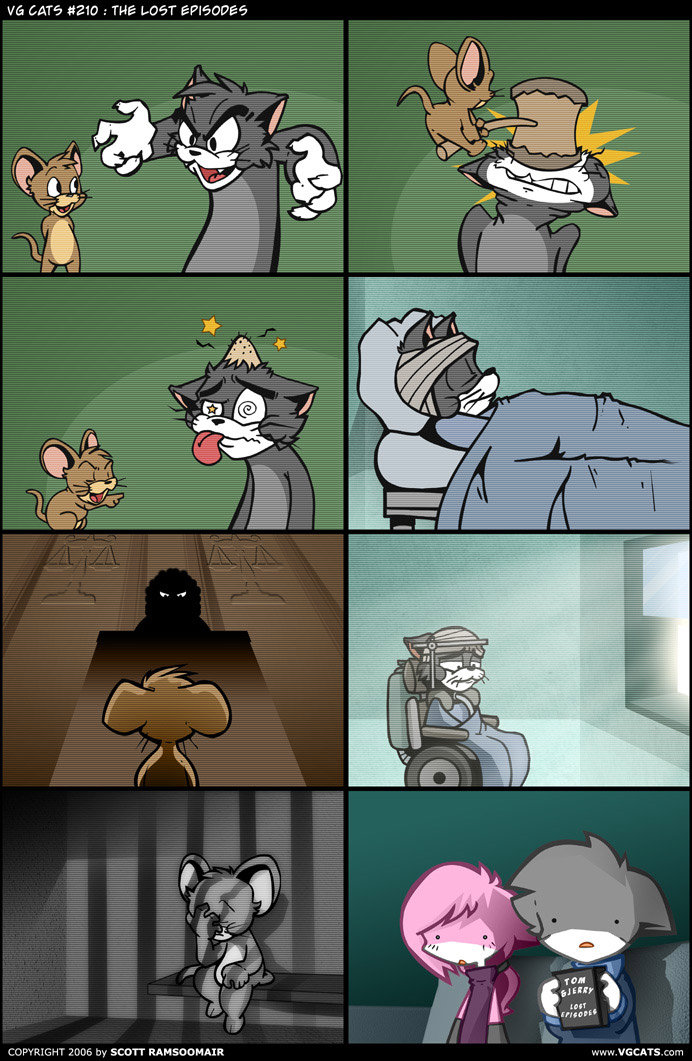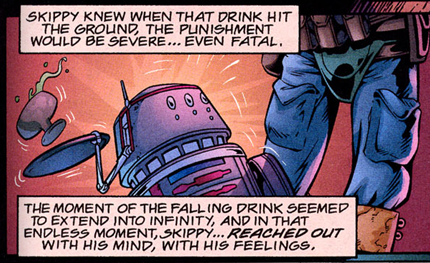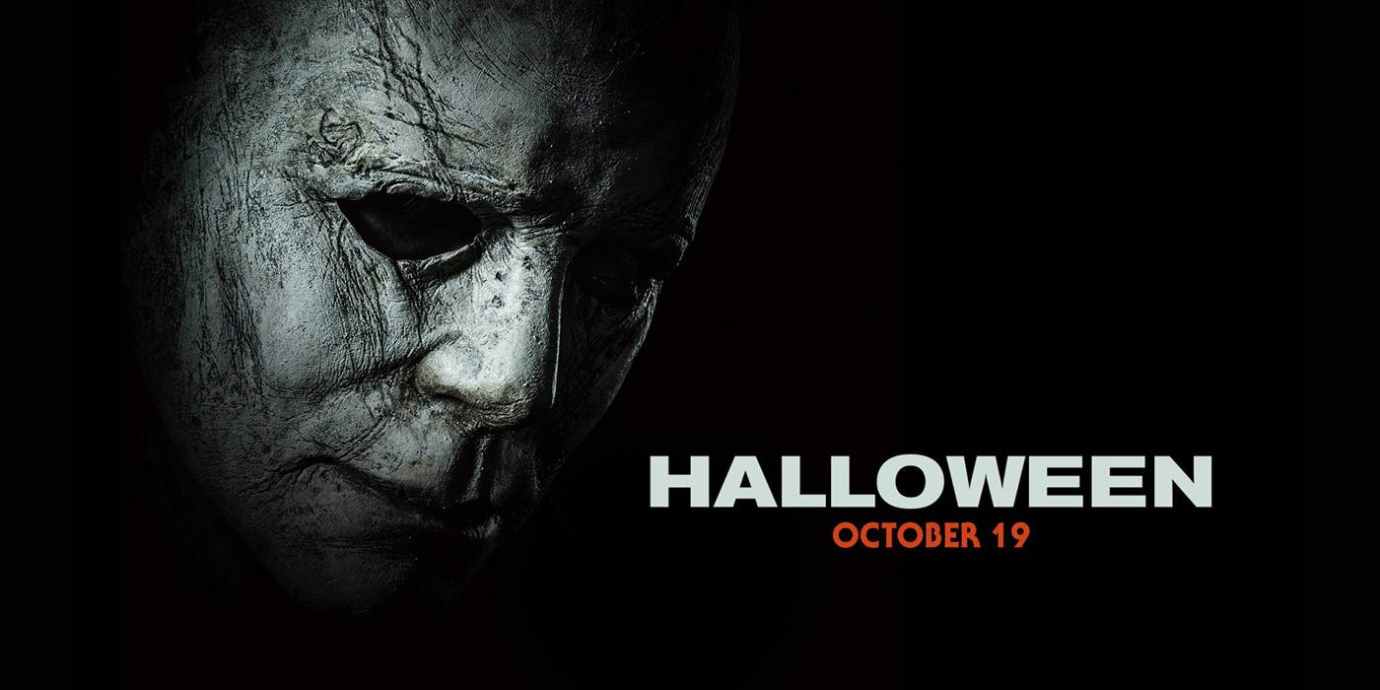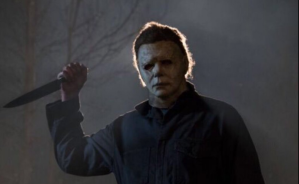It’s been a while since I updated this blog, and the reason for that is a whole lot of stuff going on in my life that I won’t go into here. Suffice to say, it’s been a hell of a ride and it’s not over yet. Anyway, down to business. I had the opportunity to see the new Halloween movie the day after the holiday from which it derives its title. I liked it, but it does have its share of flaws that detract from its overall effectiveness.
After forty years of increasingly convoluted sequels, reboots, and diminishing returns, it shouldn’t be surprising that upon gaining back the rights, original creator John Carpenter would want to take another stab at his baby (pun intended). Taking the executive producer’s role and handing directorial reins to David Gordon Green through horror movie studio Blumhouse, writers Jeff Fradley, Danny McBride, and Green decided, perhaps wisely, to take the TOHO route and eliminate all the previous sequels — inluding the original Halloween II — from continuity in favor of a direct sequel to the first film.
The franchise is restored here both rhetorically and symbolically, with the opening credits depicting a rotted Jack-o-Lantern reverting to a fresh one as the titles fade in and out. The sequence has dual meaning: hitting the rewind button on forty years of a mess of contradictory, often inconsistent sequels and re-imaginings, and reviving a franchise that had collapsed under its own weight long ago.
The result is something of a mixed bag that has nevertheless earned huge box office success with a global box office gross of $253,445,475 as of this writing. On an estimated total budget of $15,000,000 that is a stunning bit of movie magic.
The movie opens with a pair of British podcasters trying to talk to Michael Myers (played by James Jude Courtney and Nick Castle reprising his iconic role), locked up at Smith’s Grove Sanitarium since his murder spree in 1978. His psychiatrist, Dr. Ranbir Sartain (a protégé of the late Dr. Loomis), explains that he can speak but chooses not to, and the podcasters try without success to get the serial killer to talk, with one going so far as to brandish his preserved mask at him.
Leaving without having achieved their goal, the pair then go to Haddonfield to interview Laurie Strode (played by Jamie Lee Curtis reprising her role once again) in hopes of arranging a reunion between the two that they think might get Michael to finally speak. Laurie, dealing with four decades of survivor’s trauma, two failed marriages, an estranged daughter, and a drinking problem, is in no mood for their bullshit and shows them the door, though not before taking the money they offer. Later, she gives it to her teenage granddaughter as a gift, urging her to live and see the world.
In the decades since her encounter with the Shape, Laurie has gone full survivalist preparing for the day she knows is coming: the day Michael Myers escapes to kill again. Her cabin home is loaded with weapons, target dummies, and booby traps.
Of course, that day is the day before Halloween, and after dispatching the Brits and recovering his mask, Michael takes their car and returns to his old stomping grounds. But Laurie isn’t gonna wait for him to come to her; she’s coming to him, with a vengeance — and that’s when all Hell breaks loose.
In John Carpenter’s original Halloween, we as the audience were given a presentation of the classic game of chicken, with Michael Myers’ unstoppable force meeting Laurie Strode’s immovable object. Meyers represents, as did Norman Bates in Psycho, the emasculated male trying to regain his lost manhood through violence, whereas Laurie stands in for the Primal Mother defending her children and her territory against a murderous intruder. Michael also represents what one might get when you strip away all humanity from a person leaving only his or her most bestial, predatory nature. The Shape bides its time, picks its moments, lays the bait, and finally springs the trap, like a primal hunter. When he lures Laurie in to his trap, she runs away in a panic while he calmly strolls after her, able to take his time because he knows exactly where she’s going and that she’s not getting away.
In Green’s sequel, this entire concept is turned on its end. This time it’s Laurie setting the trap for Michael, who after escaping has no plan, no patience, and no more thought for anything — he simply goes from house to house killing his preferred prey of babysitters and anyone foolish enough to get in his way. Now it is Laurie who has been “inhumanly patient,” as Sam Loomis said of his patient in 1978. It is her turn to hunt Michael.
I loved the setup here and the payoff, and I have few gripes about the story. In fact, I really have only two, but they’re big enough to take away some of my enjoyment.
First, there is the character of Dr. Sartain: he’s pretty much useless. In Carpenter’s film, Donald Pleasence’s not-so-mild-mannered psychiatrist is there largely to provide exposition, explaining to the audience how evil Michael Myers is as we are then shown when he kills his victims. But Sartain’s presence in the story serves little purpose but to help move the plot along in a way that feels contrived. Obsessed with understanding the thrill Michael gets from killing and also with getting his patient to speak to him, he exists simply to provide the killer with opportunities to escape captivity and to bring him to Laurie (albeit not in the way he planned). There were plenty of other ways to move the plot along without this extraneous character.
Second, there’s the inconsistency in how the Shape is depicted. On the one hand, McBride and Green insisted Michael Myers isn’t some immortal, supernatural creature in the new movie. And yet, just as in the original film, he’s shown taking injuries that would kill an ordinary person — or at least incapacitate him long enough to be easily taken back into custody. Green and his fellow writers were trying to have their cake and eat it too, but it just doesn’t work. If he’s immortal, or for some reason much more difficult to kill than a normal human being, then stick with that for the established fact it is within the world of the story. Don’t try to rewrite it, especially if you’re just going to ignore it on screen anyway.
Despite these flaws, I genuinely enjoyed Halloween 2018, and with the box office success it’s gotten, Blumhous would be stupid not to do another sequel. I give it seven and a half out of ten.






